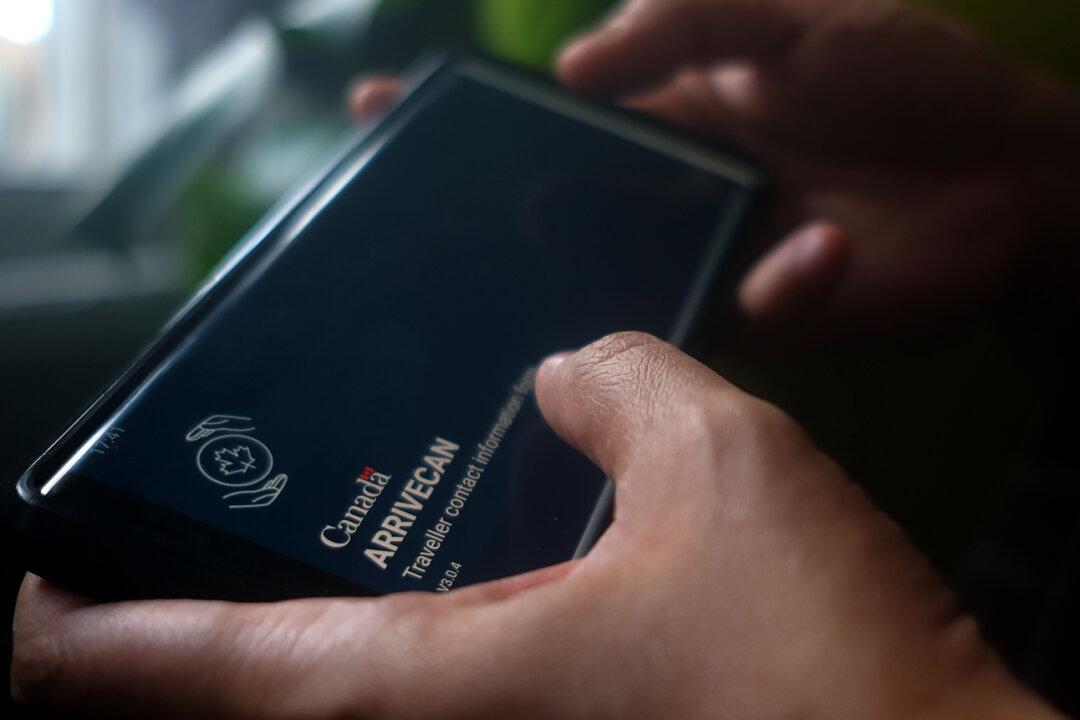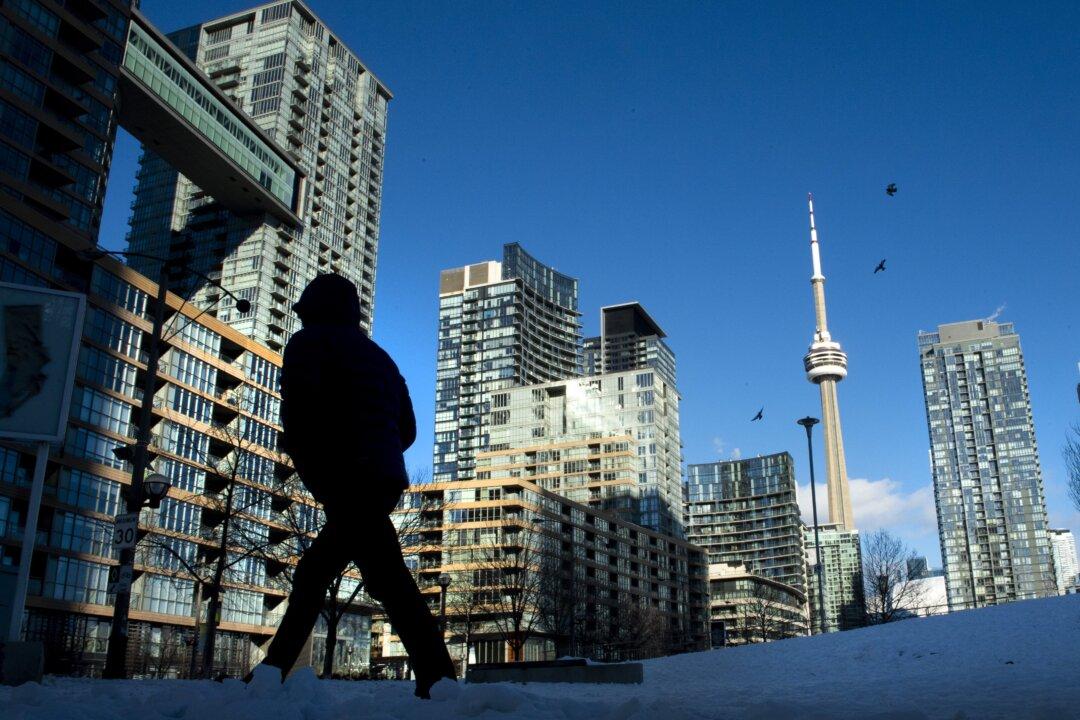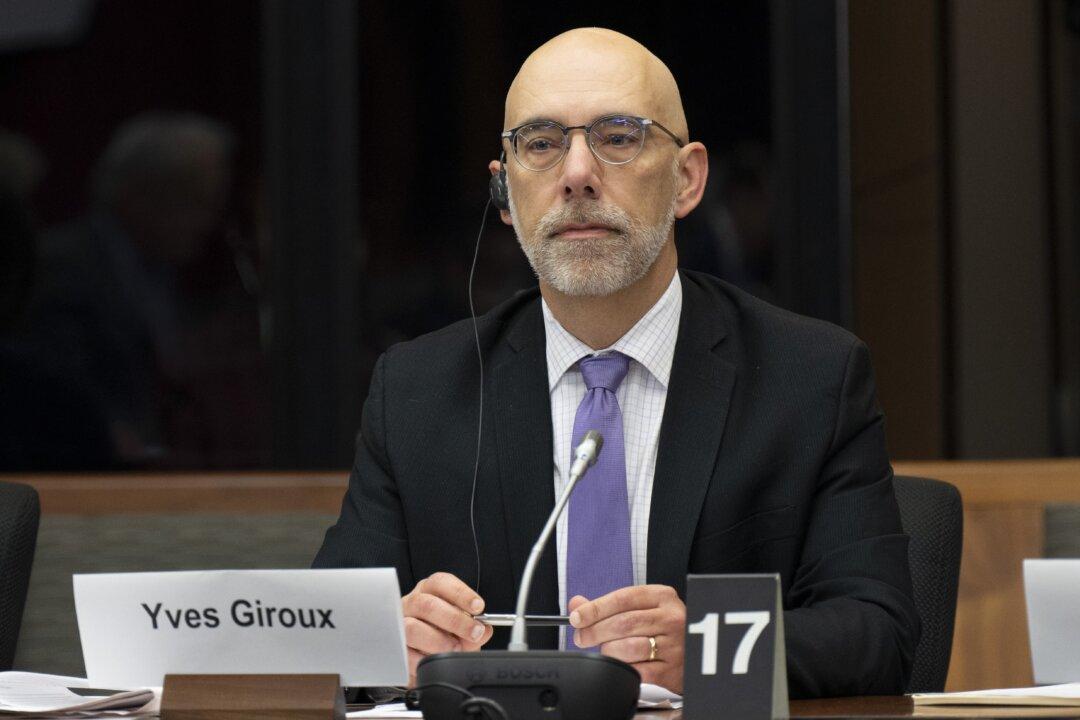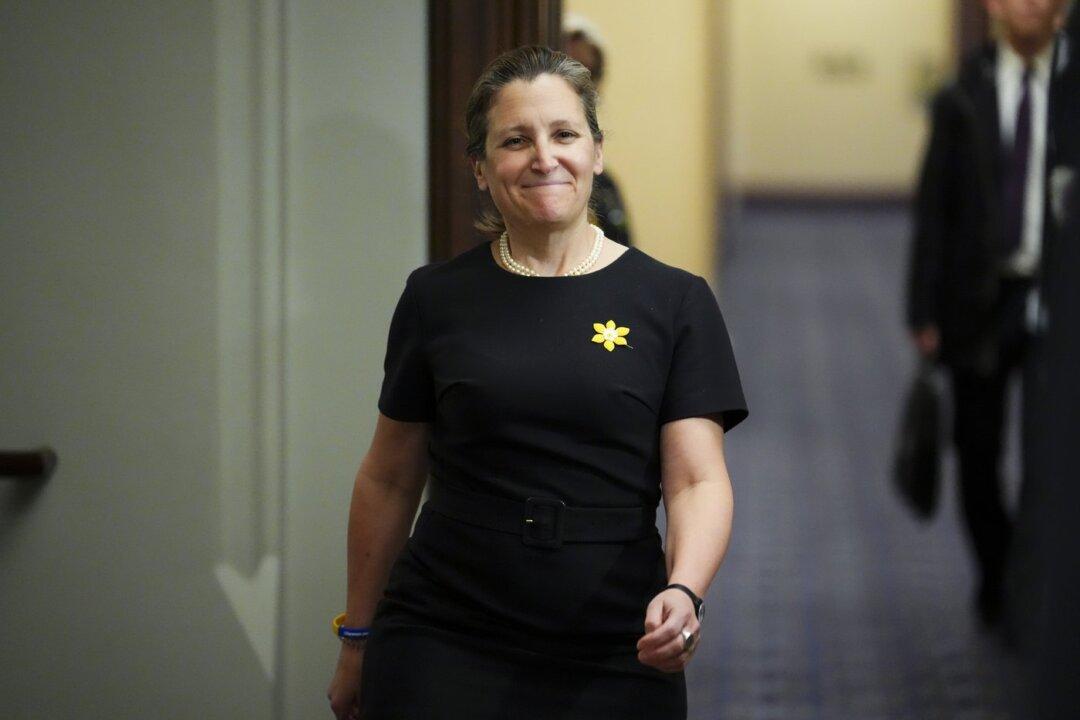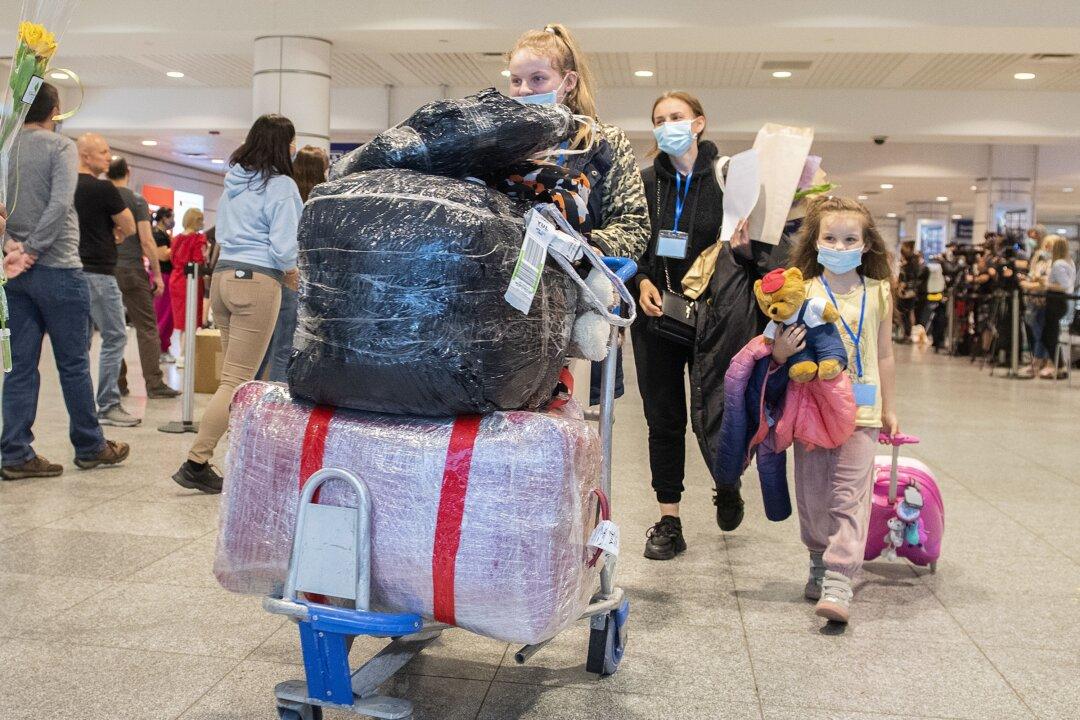MPs on the House of Commons Government Operations and Estimates Committee voted Monday not to question Liberal cabinet ministers about the federal government’s reported $54 million spending on creating and maintaining the ArriveCan app.
Put forward by Conservative MP Kelly McCauley, the motion sought to have the committee spend six meetings questioning officials including Public Safety Minister Marco Mendicino and Emergency Preparedness Minister Bill Blair, and also contractors hired by the government who were responsible for ArriveCan’s creation and maintenance.
